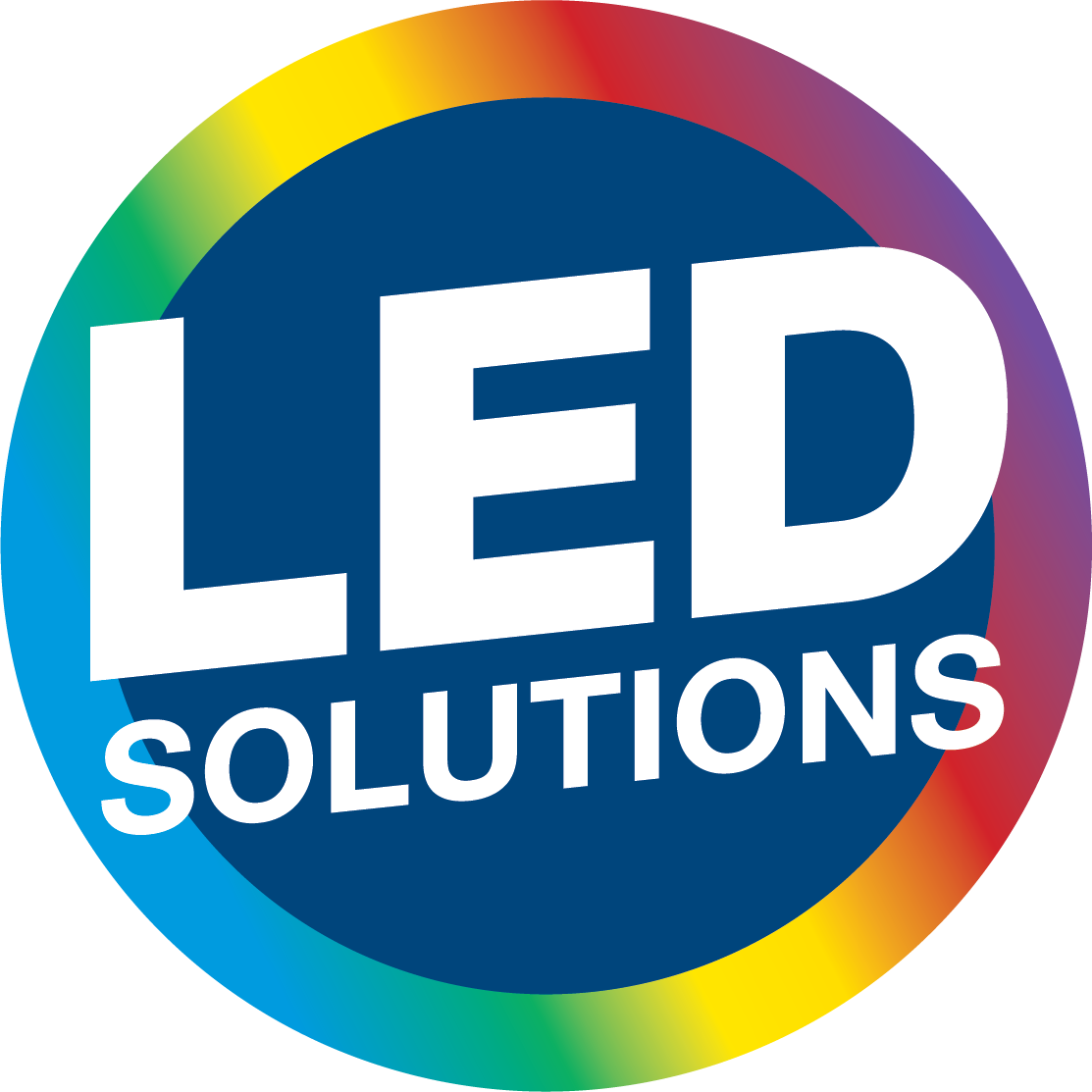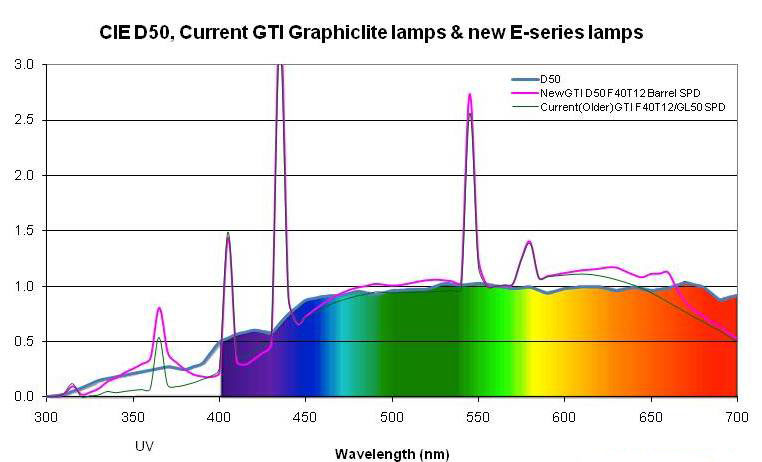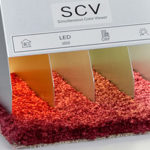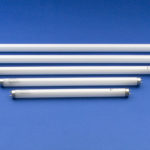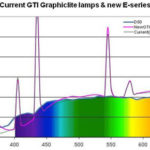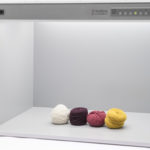March 2, 2011
Why change your [ISO] standards?
So you’re an appreciator of graphic arts and/or photography, and you’re well aware that the industry standard for viewing prints and proofs has recently changed (or aren’t you?)
but do you know why it changed?

Or more importantly, do you know why you should care?
No it isn’t because we’re colluding with the International Organization for Standardization to sell you new GTI products (although we do love when you buy them!) The new viewing standard will genuinely improve the way you manage color. Doesn’t that sound nice? We’re going to tell you how.
First, we briefly digress.
If you didn’t know that there even was an industry viewing standard, let alone that it had changed, don’t worry, we’ve got you covered with a summary of the new ISO 3664:2009 standard. And in case you’re not going to take the time to read our spectacularly interesting article about ISO 3664:2009 (in which case, we think you’re really missing out), what you should know is that it’s a set of guidelines that compile the international viewing standard for the graphic arts and photographic industries. ISO 3664:2009 is designed to help provide both measureable and communicable image reproductions to facilitate color management for imaging professionals around the world. Basically, this standard is essential for ensuring that the viewing conditions you are using to critically assess an image reproduction are giving you the most accurate rendition of its colors. There is no way to overstate the importance of an accurate light source for color viewing. Color viewing systems should enhance the visibility of any color inconsistencies between the original artwork and your reproduction. And so, such standards exist so that you, the incredible expert color manipulator, will know what viewing conditions are most ideal and whether or not you’re looking at them. End digression. Read on and you’ll see how the new standard is a small change with a big affect.
So why are these standards changing?

In short, the new standard wants your viewing environment to show you even more, and when ‘more’ is preventive knowledge of potential print disasters, more is better. Knowing what you know about how important controlled lighting is, we can agree that evaluating images under inaccurate lighting leads to making decisions without all of the information. You wouldn’t buy a car without getting the history, or sign a contract without reading the fine print – or maybe you would, in which case, good luck! – but we assume you wouldn’t make these mistakes, so why would you approve a print or proof without first being able to see how well it recreates the original artwork? We didn’t think you would. That’s why you buy high quality light sources in the first place, because you already know how essential they are! Having all of the information is why the new ISO viewing standard is so important. To be sure that your light source really is delivering the performance you need in order to make the best decisions about your colors, you need to be certain that it’s showing you the proverbial fine print.
What’s this fine print all about?
We thought you’d never ask…
At first glance, the new 2009 standard doesn’t appear to be dramatically different than the 2000 standard it’s replacing. The new version of the standard uses the same target values for defining lighting conditions on a viewing surface (Color Quality, Light Intensity, Uniformity of Light, Color and Reflectance of Surround, & Geometry of Illumination.)

BUT, ISO 3664:2009 differs from the old standard in that it has been updated to reflect more stringent light source accuracy criteria. The bottom line of this update is a change in the guidelines for the accuracy of the UV energy from your light source that falls on your image. You probably already have some idea as to how UV light affects how you see your print or proof, so now you want to know how this change in the standard will affect your industry, right? In short, new lamps. That is, if you were amazingly brilliant and insightful and purchased GTI viewing products. (All of our new Graphiclite® lamps fit seamlessly into GTI products, old AND new.) For other viewing system manufacturers, the new standard may be more of a complication since their products will require several fundamental design changes before being compatible with new standard lamps. For this and other reasons, some people have been dubious as to just how important it really is that their light sources comply with new standards, and why this new standard aims to fix what is seemingly not broken. Simply put, the answer is because it IS broken. Here’s why:
Now that you’re an ISO 3664 expert, you know that the spectral power distribution CIE D50 is considered ideal for critical color comparisons in the graphic arts and photographic industries. But the reality is that the actual energy levels measured in manufactured D50 light sources vary from this curve. The ISO standard demands the most consistent rendition of your colors from your light source because it specifies that the spectral power distribution for color viewing light systems must fall within an acceptably close range to that of D50. The upgrade in ISO 3664:2009 reflects a decrease in the tolerable range of deviance from the standard CIE D50 energy levels, specifically for spectral energy in the UV range. In other words, viewing system manufacturers need to up their game. If ISO 3664:2000 was “close,” then ISO 3664:2009 is “closer.” And as the saying goes, close only counts in horseshoes.
The elephant in the [press] room.
Previous viewing standards could be easily met by allowing little or no UV energy to fall on a print or proof from the light source. The problem with this is that while light sources without UV energy may loosely approximate daylight in theory, the reality is that UV energy is an inherent aspect of natural daylight. So in practice, an essential and unavoidable characteristic of daylight is being left out of the color assessment process if your lighting doesn’t meet the new standard. This means that the image you are assessing under said light source sans-UV energy is not actually the same image you would see outside, for this and other reasons. Among these other reasons are the problems created by the presence of optical brighteners which are not visible without UV energy – we’ll come back to this.
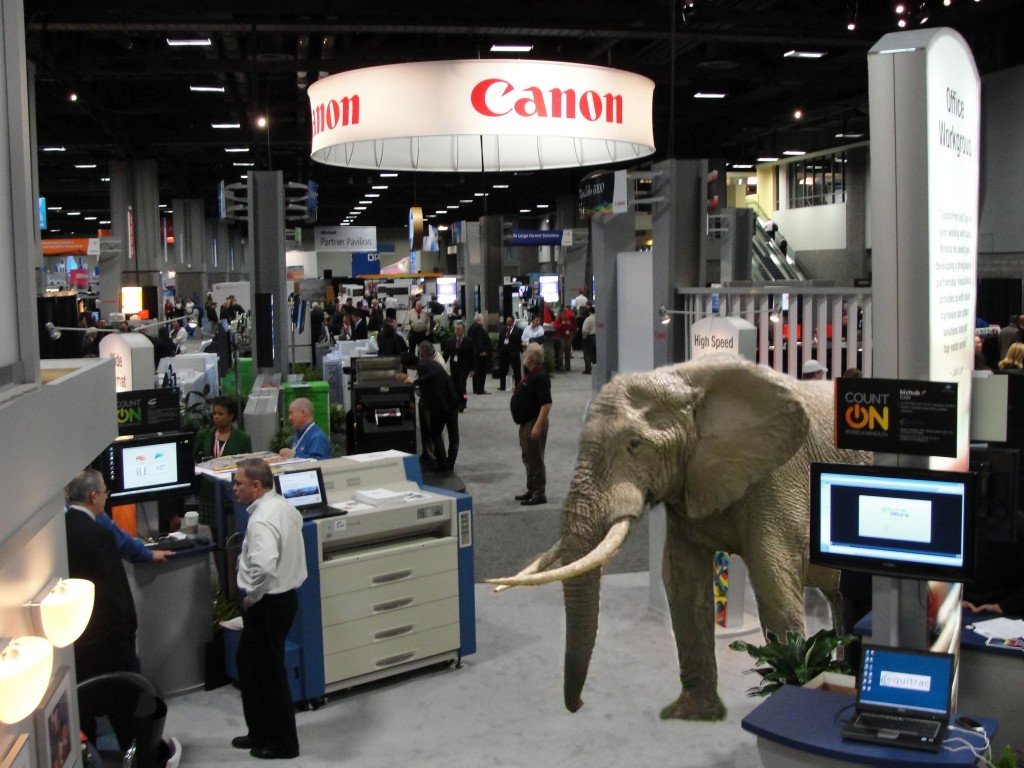
In the past, ISO 3664 couldn’t realistically demand that light sources include UV energy because of the difficulties it created for assessing and communicating color using measuring instrumentation that were incapable of accurate measurement with the presence of UV energy. However, this is like trying to speak a new language while ignoring the pronunciation because it’s too tricky for you to handle – it just isn’t the same. Beyond just the obvious problems with assessing an image under inaccurate viewing conditions, color measurement technology has improved to a point at which UV spectral energy is no longer avoidable in color management, and in essence it never was. This is why, with the advent of new light measuring instruments that have the capacity to measure UV energy, lighting systems must render colors closer to the standard daylight, because it is ultimately the ideal color assessment environment. This would have to include UV energy, because it is after all, a part of the picture. By significantly reducing the maximum allowable deviation from the CIE D50 energy levels in the UV range, the new standard aims to improve congruity between a UV-included instrumental calculation of a color and the actual visual appearance, including those colors affected by UV light. (Aside from which, ignoring the presence of a problem has yet to be proven an effective way to solve it.)
So now you’ve got the new ISO 3664:2009 standard, and because of this you’ve got more UV energy cast on your print.
What will you see?
 This is another reason the aforementioned ‘fine print’ is so important. An increase in UV energy from the light source will increase the visible effects of optical brightening agents in papers and inks. Because of the obstructions they pose to your ability to manage and predict color image appearance, optical brighteners are a significant yet dangerously inconspicuous element in press control. By upgrading your viewing systems to the newest standard, any problems caused by optical brighteners will be imminently more clear earlier in the color assessment process – and therefore preemptively more manageable. This is a big deal for critical color assessment!
This is another reason the aforementioned ‘fine print’ is so important. An increase in UV energy from the light source will increase the visible effects of optical brightening agents in papers and inks. Because of the obstructions they pose to your ability to manage and predict color image appearance, optical brighteners are a significant yet dangerously inconspicuous element in press control. By upgrading your viewing systems to the newest standard, any problems caused by optical brighteners will be imminently more clear earlier in the color assessment process – and therefore preemptively more manageable. This is a big deal for critical color assessment!
The hurdles posed by optical brighteners in color management are well documented and can be devastating for predicting the appearance of colors. If your materials contain optical brighteners, using a viewing system without UV energy allows only for reproducing colors that are at best, a metameric match. If you work with color, you know that a metameric match is NOT a match at all. Therefore, in order to truly predict how your image will look and to really ensure that you have worked out the best colors possible, it’s essential to have light sources that meet the new standard, which has much less tolerance for metamerism.
It’s not for nothing that the standard has changed, and certainly not to make your life in the graphic arts or photography industry more difficult, but what it IS is an innovative transition towards the highest quality critical color assessment. Wouldn’t you like to be able to pass that guarantee on to your clients? Now that you know you can, how could you settle for anything less?! We didn’t think you would do that either. If it’s your job to predict color, it’s ours to predict what you’ll need to do it! GTI viewing systems meeting the new ISO 3664:2009 standard guarantee more consistent viewing conditions and pose a far lesser risk for color reproduction and communication problems arising from fluorescence in the paper or ink. This is not just a new viewing standard, but an advancement of fundamental value to the future of color management. Changing your standards isn’t just a good thing, it’s an essential thing when it comes to ISO. Now that you’re a savant on everything that is the new viewing standard, all you have left to do is upgrade!
The GTI Graphiclite® lamps and product line are designed to meet the new ISO 3664:2009 standard. No other companies have yet provided products that perform at the same level of excellence as Graphiclite products. (We know, we’ve measured!) Learn more, or call GTI at (888) 562-7066 with your color viewing questions.
